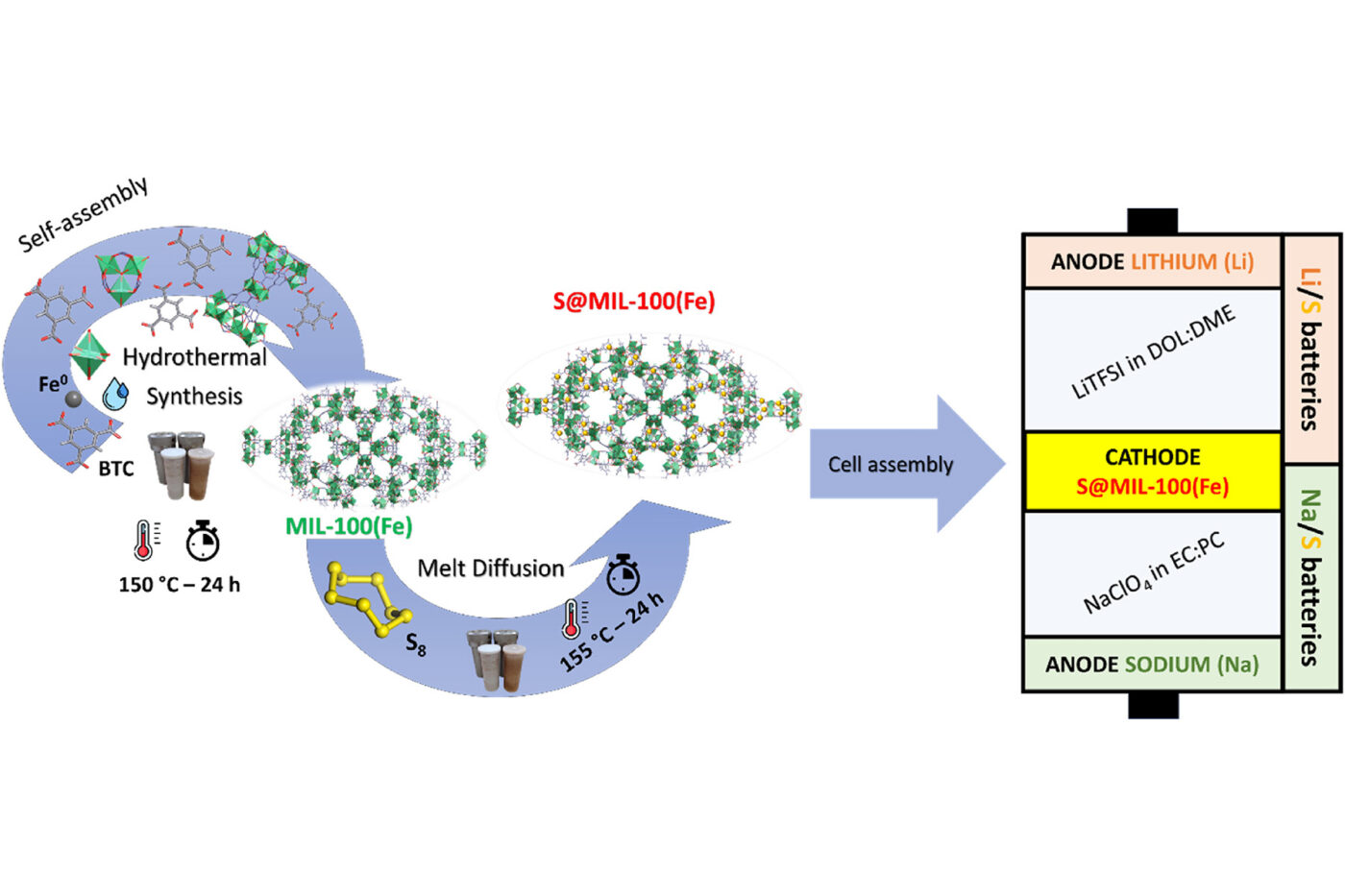Spanish researchers reveal sodium and sulphur battery
This type of battery, combining sodium and sulphur, is not new in itself, but until now, it has only worked at temperatures of 300 degrees. The team has succeeded in making the battery work at room temperature. The battery has the obvious advantage of using abundantly available materials and promising a longer first life than conventional lithium-ion batteries (LIB).
As the published paper details, key components of LSBs include a cathode consisting of a sulfur composite and a sulfur-host material that stores and immobilizes the mobile redox centres, an anode made of lithium metal, and an organic electrolyte. Although LSBs offer considerable advantages compared to LIBs, they suffer from drawbacks.
Swapping the lithium in the anode with more abundant sodium has appeared to solve a number of problems hitherto in LSBs. However, this has the problem that the sodium atom is larger than the lithium atom, making it more difficult to move when charging and discharging the battery.
The research team solved this problem by adding a metal-organic framework (MOF) based on iron to the cathode alongside the sulphur. Because this structure is very porous and because of the properties of the iron atom, the team managed to charge and discharge the battery for more than 2,000 cycles through laboratory tests.
The lead researcher, Álvaro Caballero, explains that this number of cycles is “a performance that is difficult to achieve with batteries of this type.” He notes, “On average, it is considered that a lithium battery used in phones or cars is charged every 3 days, which means more than 120 charges per year”. The researchers say their team has managed to develop a battery that could, therefore, work for more than 15 years.
Even so, many steps still need to be taken, and the researchers are trying to charge the battery as quickly as possible, from the hour currently required to ten minutes.
The breakthrough research has been conducted by the Inorganic Chemistry group at the University of Cordoba, the basis of the doctoral thesis of researcher Álvaro Bonilla. The research, published in the Journal of Power Sources on Science Direct, has been carried out in collaboration with the National University of San Luis (Argentina).
The research is part of the project ‘Transition from Lithium to Sodium in Sulphur Batteries: Towards a Technology based on Abundant, economic and Sustainable Elements’ funded by Spain’s Ministry of Science and Innovation.
uco.es (in Spanish)





0 Comments